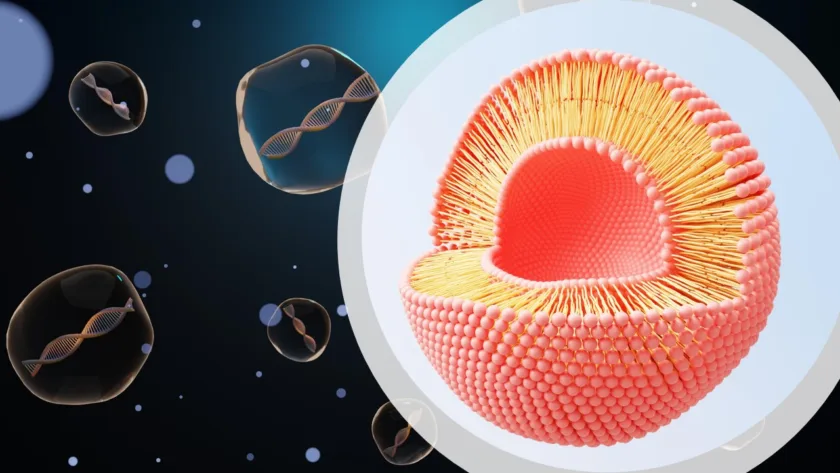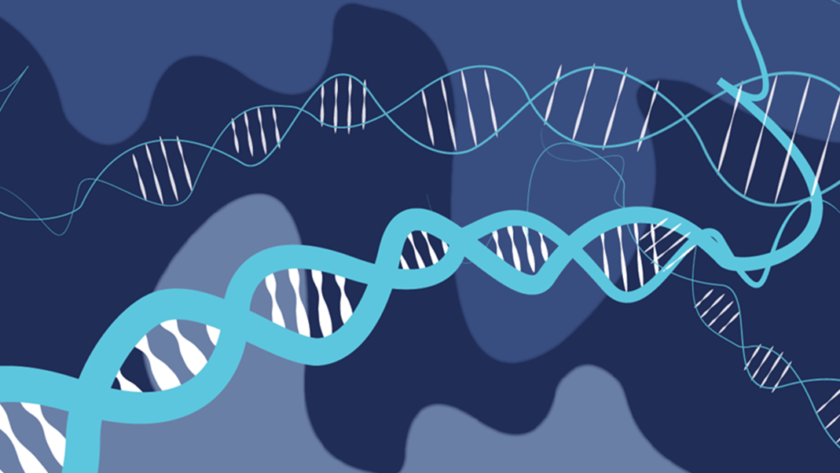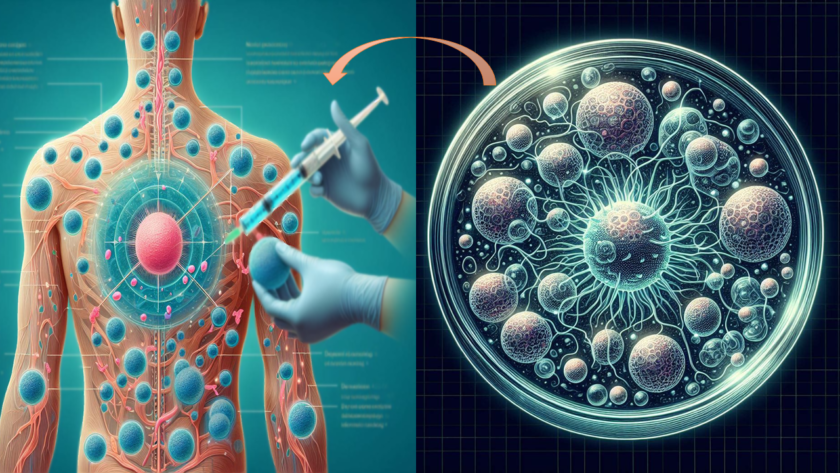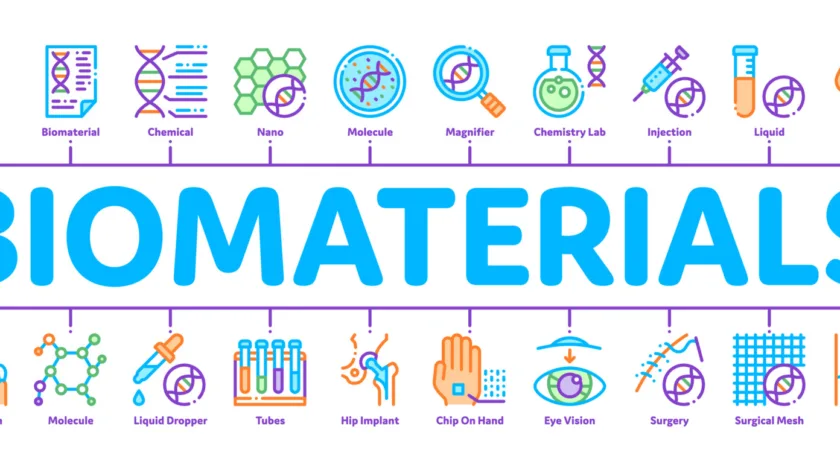Introduction
Esophageal squamous cell carcinoma (ESCC) is one of the most aggressive forms of esophageal cancer and often presents treatment challenges due to its resistance to chemoradiotherapy (CRT). A recent study titled "Decreased plasma gelsolin fosters a fibrotic tumor microenvironment and promotes chemoradiotherapy resistance in esophageal squamous cell carcinoma" sheds light on an intriguing factor…

Many stem cell therapies are still in the research stage, and some are being used in clinical practice worldwide for specific conditions.
Bone marrow transplants are the most widely used stem cell treatment currently available and are typically used to treat blood disorders like lymphoma or leukemia. Certain diseases or injuries of the skin, bones,…

The human body, a symphony of trillions of cells, each with a unique identity and function, is a testament to the intricacies of life. Despite sharing the same genetic blueprint, DNA, these cells embark on diverse paths, shaping the remarkable organism we are. At the heart of this cellular diversity lies the intricate organization of…

High-grade serous ovarian cancer (HGSOC) is the most aggressive form of ovarian cancer, with a low five-year survival rate. To address this urgent need for new treatment options, researchers have turned to syngeneic mouse models as a game-changer in HGSOC research. These syngeneic models, derived from the same strain of mouse, provide a unique advantage…

Stem cell therapies have made significant progress on a global scale, presenting both opportunities and obstacles in the field of medical treatment. This contemporary overview aims to shed light on the latest advancements and hurdles encountered in utilizing stem cells for therapeutic purposes worldwide. Stem cell therapies, once confined to the realm of science fiction,…

Biomaterials, a convergence of biology and materials science, have revolutionized the medical field, paving the way for groundbreaking advancements in prosthetics, tissue engineering, and drug delivery. These materials, designed to interact harmoniously with the human body, have the potential to transform healthcare, offering regenerative therapies, targeted drug delivery, and personalized medical solutions.
Biomaterials: A Symbiotic…

A recent publication in Nature titled "Angstrom Resolution Fluorescence Microscopy" is yet to stun the scientific community. The paper describes a new technique that allows for imaging biological structures at an unprecedented level of detail, down to the scale of individual atoms. This breakthrough has the potential to revolutionize the field of microscopy and open…

CNM is a non-invasive, high-throughput imaging technique that uses the sound of crackling to image surfaces. It is similar to other microscopic techniques, such as atomic force microscopy (AFM) and scanning tunneling microscopy (STM), but it has some unique advantages.
AFM and STM are both contact-based microscopy techniques, meaning that the probe tip must be…


